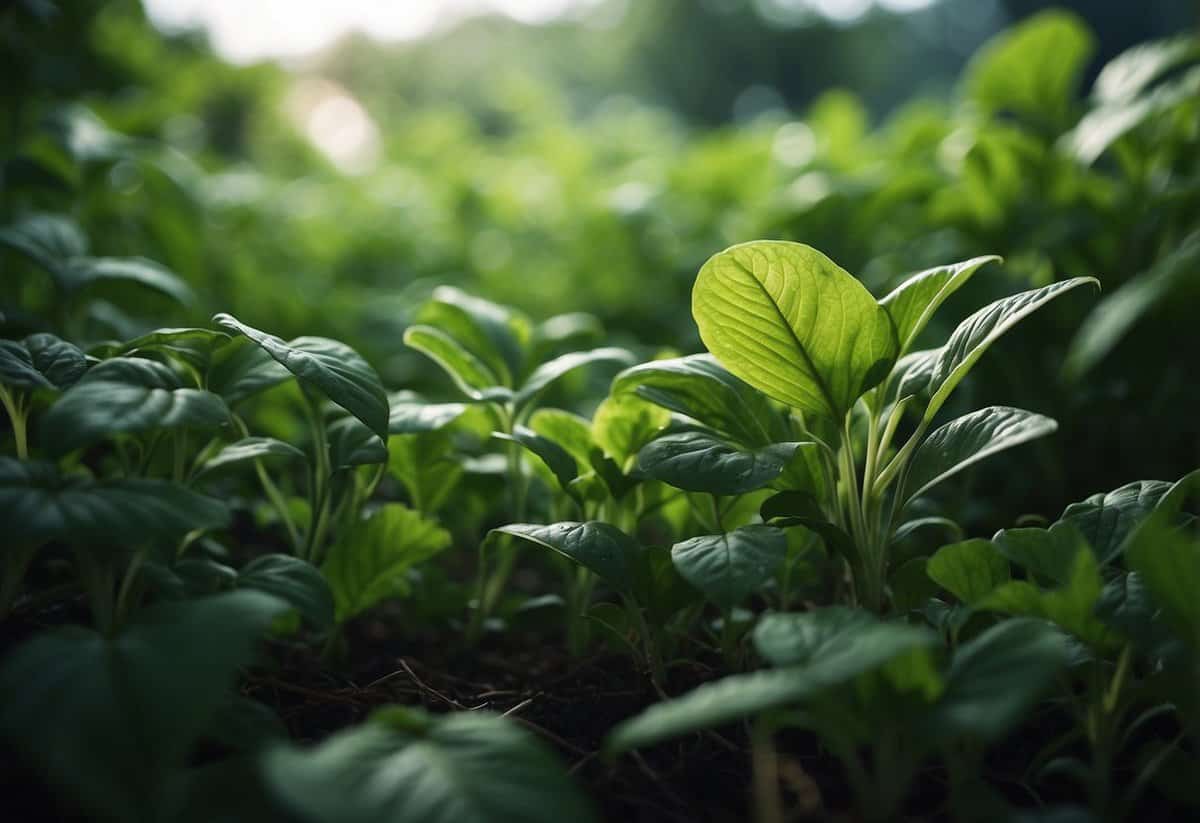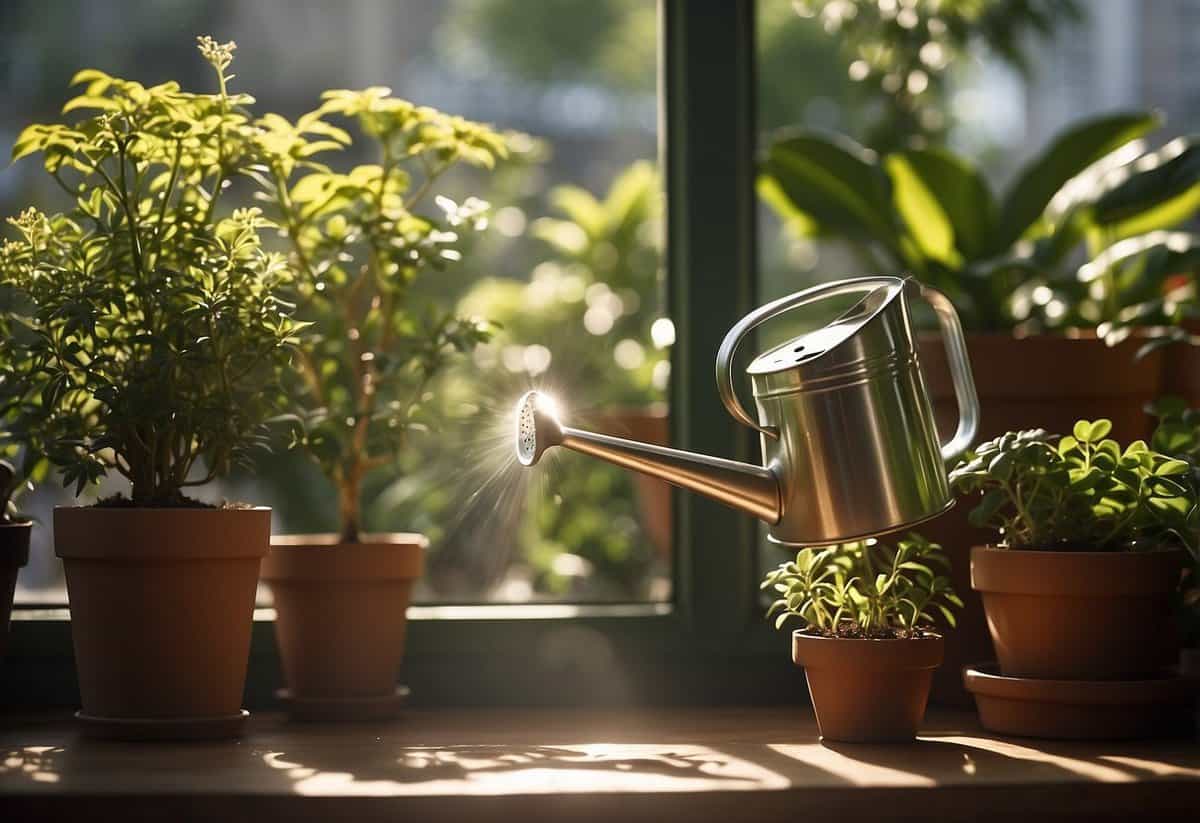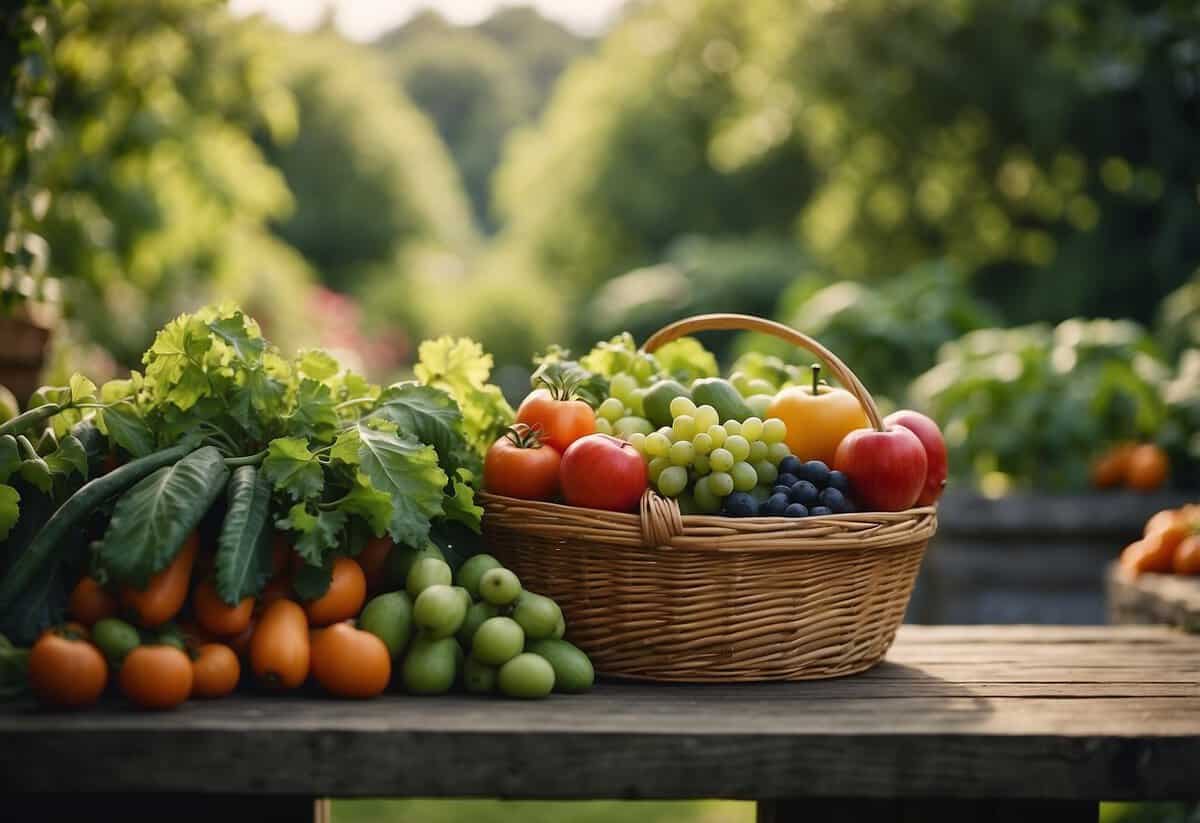What is the Hardest Thing About Gardening? Tips to Overcome Challenges
Gardening is a rewarding and fulfilling hobby, but it’s not without its challenges. The hardest thing about gardening is dealing with weeds. They seem to pop up everywhere, competing with your plants for nutrients, light, and water. This constant battle can be frustrating, but with the right techniques, you can manage it.

Another significant challenge is keeping seedlings alive when they are young. Frosts, pests, and poor germination rates can all make this stage tough. If you’re growing your seedlings indoors, be careful not to overwater them, as this is a common mistake.
Physical labor is also a big part of gardening. Digging, weeding, and hauling soil or mulch can feel like a workout. These tasks engage your muscles and require effort, but many people find this physical aspect to be a welcome change from being stuck indoors. Embrace the challenge and enjoy the fruits of your labor.
Understanding Soil and Space

Gardening can be challenging, especially when dealing with different soil types and limited space. Knowing how to manage soil composition and pH, and making the most out of small areas, can significantly improve your gardening success.
Soil Composition and pH
Your garden soil plays a crucial role in plant health. Soil is made up of sand, silt, and clay. The ideal garden soil, known as loam, contains a balanced mix of these particles and has good drainage and nutrient retention.
Testing soil pH is vital. Plants require different pH levels to absorb nutrients effectively. For example, most vegetables prefer a slightly acidic to neutral pH (6.0-7.0). You can test your soil using a home kit or a professional service.
If your soil is too compacted or clay-heavy, it may struggle to drain well. To improve this, add organic materials like compost which can help loosen the soil and add nutrients. Check out ways to improve hard soil fast.
Maximizing Limited Gardening Space
When space is tight, consider using raised beds. These beds allow you to control soil quality better and often improve drainage. You can fill them with high-quality garden soil mixed with compost to create the perfect growing environment.
Vertical gardening is another great option. It lets you grow plants upwards, saving ground space. Use trellises or wall planters for vegetables like tomatoes and beans.
Make use of containers if ground space is scarce. Pots and planters can be placed on patios or balconies, giving you more planting options. Just ensure good soil and proper drainage.
By managing soil composition and maximizing small spaces, you can create a thriving garden even with natural challenges.
Selecting and Tending to Your Plants

Choosing and taking care of plants in your garden involves careful thought and action to ensure they thrive. This means picking the right plants, watering and feeding them properly, and making sure they are pruned and maintained.
Choosing the Right Plants for Your Garden
Start by selecting plants and seeds that are suitable for your local climate and soil. For example, if you live in a cooler region, vegetables like lettuce and peas might do well. In warmer areas, tomatoes and peppers can thrive.
Consider your garden’s light exposure. Some plants, like tomatoes, need full sun, while others, like many leafy greens, can handle partial shade.
It’s also important to decide between annuals and perennials. Annuals, such as certain vegetables, complete their life cycle in one growing season, while perennials like many flowers come back year after year. This can save you work in the long run.
The Art of Watering and Feeding
Watering your plants correctly is crucial. Overwatering can drown the roots, while underwatering can dry them out. A good rule of thumb is to check the soil’s moisture. If the top inch of soil is dry, it’s time to water. Early mornings are the best time to water, as it reduces the risk of mildew and gives plants a good supply of water to face the day’s heat.
Feeding your plants with the right nutrients is equally important. Compost provides a natural source of nutrients for your garden. For more targeted feeding, use specific fertilizers. Vegetables like tomatoes benefit from fertilizers rich in phosphorus. Regular feeding helps your plants grow stronger and produce better yields.
Pruning and Maintenance
Regular pruning helps plants grow healthily and efficiently. It allows more light and air to reach the center of the plant, which can reduce diseases. For instance, pruning suckers from tomato plants can direct more energy to fruit production.
Maintenance also involves removing weeds, which compete with your plants for nutrients and water. Adding mulch around your plants can help prevent weeds and keep the soil moist. Keep an eye out for any signs of pests or diseases and take action quickly to prevent them from spreading.
Pruning, weeding, and general maintenance ensure that your plants can grow and produce as healthy as possible.
Adapting to Environmental Factors

Adjusting to the changing environment is a key part of successful gardening. You’ll need to manage weather challenges and understand the influence of different seasons and climates on your plants.
Dealing with Weather Variations
Weather conditions can vary greatly, and this impacts your garden. For example, understanding humidity levels is vital because too much moisture can lead to mold, while too little can dry out plants. When facing frost, protecting sensitive plants with covers can save them.
Heavy rain can cause soil erosion, so using mulch helps to keep soil in place and retain moisture. Sun exposure is another factor to consider, as some plants need full sunlight while others thrive in partial shade. You may have to move plants or create shade covers to manage light levels properly.
Understanding Seasons and Climate
The growing season varies depending on your climate. Warm climates may allow year-round gardening, but colder regions might have a shorter growing period. Knowing the last frost date in your area helps you plan when to plant.
Seasonal changes affect garden care. In spring, you might focus on planting and fertilizing. Summer requires regular watering due to increased sun exposure. Autumn is for harvesting and preparing for winter, where protection from cold becomes crucial.
Climate change is also influencing gardening practices. Warmer temperatures can extend the growing season but may also lead to more extreme conditions like longer droughts or unexpected heavy rainfall, requiring you to adapt your strategies continually. Understanding these factors lets you better manage your garden and enjoy a successful harvest.
Managing Garden Pests and Diseases

Keeping your garden free of pests and disease is a crucial part of successful gardening. You need to use the right methods to control pests and prevent plant diseases.
Integrated Pest Control Techniques
Using Integrated Pest Management (IPM), you combine different methods to control pests effectively. One key technique is attracting beneficial insects, like ladybugs, which naturally prey on harmful pests. Planting flowers like marigolds can help attract these helpful insects.
Another method is using organic pest control products, such as insecticidal soaps or neem oil. These are less toxic and safer for your plants and the environment. Additionally, you can try hand-picking pests off your plants.
Lastly, you can also use row covers to protect your plants from pests without chemicals. These covers act as a barrier, keeping pests away while allowing sunlight and water to reach your plants.
Preventing and Treating Common Plant Diseases
Preventing plant diseases begins with good garden hygiene. Remove any dead or diseased plants immediately to stop the spread of disease. Using compost and organic matter in your soil can improve soil health, making your plants more resistant to diseases.
If a plant does catch a disease, like powdery mildew or blight, treat it quickly. Using a fungicide that is safe for edible plants can help stop the disease from spreading. It’s also important to water your plants at the base, rather than from above, to keep the foliage dry and reduce the risk of disease.
Rotate your crops each year to prevent soil-borne diseases. By not planting the same type of plant in the same spot each year, you reduce the chance of diseases building up in the soil.
Enjoying the Fruits of Your Labor

Gardening brings the joy of harvesting your own produce and reflecting on the rewards of your hard work. It involves careful harvesting and mindful reflection on the benefits gardening brings to your life.
Harvesting and Using Your Garden Produce
Harvesting is an exciting part of gardening. When you’re out in the garden, you’ll want to pick your fruits, vegetables, and flowers at the right time. For example, cut broccoli stems at a slant 4 to 6 inches below the head to get side-shoots.
Your garden can produce a wide variety of food, such as peppers, kale, or potatoes. Knowing when to pick each type helps you get the best yield. Store your produce properly for the longest shelf life. Enjoy fresh salads, homemade jams, or roasted vegetables straight from your garden. Herbs like basil and mint can add flavor to your dishes.
Reflecting on the Rewards of Gardening
Taking a moment to reflect on your gardening efforts can be very rewarding. You’ve not only grown your own food, but also created a beautiful space with colorful flowers and healthy vegetables.
Consider the physical and mental health benefits you gain from gardening. It’s a form of exercise and a way to relieve stress. Gardening makes you appreciate nature and understand the effort behind every bite of fresh fruits and beans you enjoy. You’ll find satisfaction in knowing you are eating healthy, home-grown produce and contributing to a greener environment.







